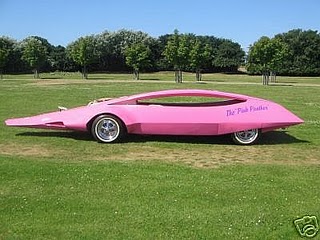Bob McCarty predicts that:
within the next 10 years, begin designing and manufacturing their very own vehicles using in-home three-dimensional printing systems, services and consumables.
That’s a tall order, given that a 3D printing is still a toddler among technologies. We suspect it may eventually come to the point he describes, but it might be longer than ten years out. Here are some issues that really have to be overcome before you’re punching out your own Toyota-Mini-SUV-Roadster:
- The robustness of 3D printed materials is not great. Today we’re just beginning to see a shift from the “it looks great but for God’s sake don’t touch it!” stage to the “It might work in a mechanical toy for a short while” stage. We’d have to see substantial improvements in materials before we’d be cruising safely
- Build chamber sizes are smaller than many car components. Certainly you can print a cup holder, but a 4×5 ft smooth door panel? You can print components and assemble them, but there are quite a few car components that likely need substantially larger build chambers
- Some assembly required. Today one can imagine many car parts being printed, and even robust ones in the very near future. But exactly how would they be put together into a complete, tested, functional and safe auto? Today’s 3D print scenario would require carbon-based units take the parts and put them together manually. Not quite the envisioned “Touch to Buy” activity. You’d need a stage with robots capable of assembling parts into arbitrary car models
- And then there’s the design itself. Even designing a great cup holder requires a fair bit of skill and design talent. A car would be far beyond, well, almost everyone’s skills. You’d have to provide a massive catalog of interoperable pre-designed and tested components, and the buyer would merely be choosing various combinations of them
It certainly won’t be easy achieving in-home car printing. But let’s examine what we just said above: Ultra-robust parts, created in large build chambers, assembled by robots and/or humans in a centralized facility with customers selecting component combinations from a simplified list prepared by professional designers and engineers. Say, doesn’t that sound an awful lot like the auto industry of today?



Hi,
Nations runs on import and export now. Thanks to worldwide globalization. Being a part of it, would like to make aware everyone that we are unique in our sense. We deal in ________________________________________
Relicaexpo believes in delivering right quality delivering at right time.
For any trade enquiry feel free to fill our enquiry form available at Relicaexpo
If home printing of car parts is not possible how about printing by a mechanic? Could you go into mechanics and have them print out the part you need? Even if this level would be too complicated one part printer in each city could still reduce repair delays.